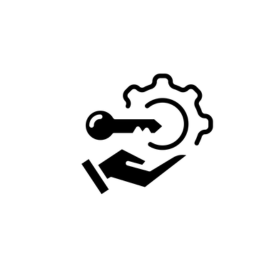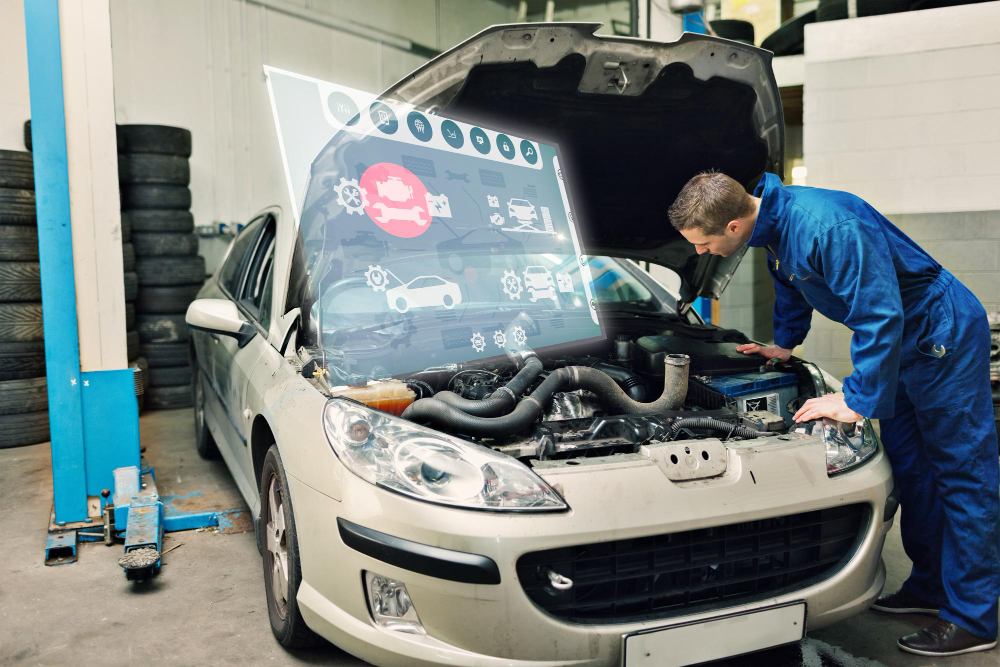
CAN Datalogger
Connect any CAN bus enabled device and record the raw CAN frames in a non-volatile memory!
CAN datalogger is a compact, standalone device that can acquire the raw CAN bus frames from a vehicle or any industrial device and record them in internal storage. The device can be configured quickly using the customized tool PreciCON and records any CAN bus protocol independently (such as J1939, OBD2, CANOpen, NMEA etc). Once recorded, the log files can be downloaded in industry standard .CSV or .MF4 format using the same tool.
This device is best suited for specialized use cases, such as J1939 datalogger, OBD2 datalogger, etc offering reliable performance and ease of integration. Its user-friendly interface allows for easy configuration and data retrieval, making it a valuable tool for monitoring and analyzing CAN bus communication.



